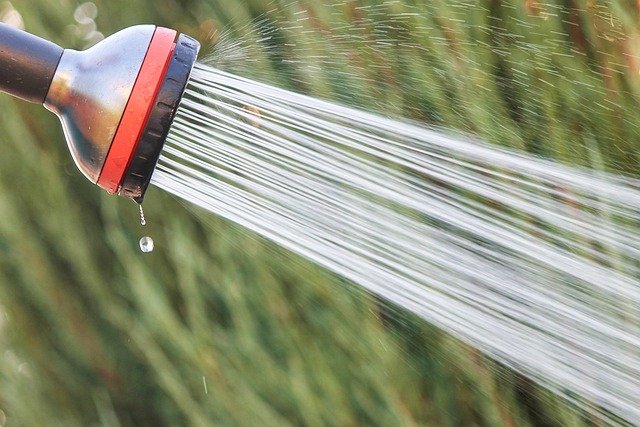Sustainable landscaping tips for small urban yards
Transform a compact urban yard into a sustainable, low-maintenance outdoor space that supports biodiversity and conserves resources. This short overview highlights practical strategies—from efficient irrigation and composting to pollinator-friendly plant choices, mulch use, and smart hardscaping—that suit limited space and varied budgets while reducing environmental impact.

Small urban yards can deliver big environmental benefits when planned with sustainability in mind. Start by observing light patterns, wind, and drainage, and map existing features you want to keep. Prioritize multifunctional elements—seating that provides storage, planters that double as privacy screens, and permeable paving that improves stormwater infiltration. Group plants by water needs and consider vertical gardening to expand planting area without crowding. Thoughtful layout and plant selection set the foundation for reduced water use, lower maintenance, and increased habitat value.
Landscaping layout and plant selection
Design in zones that cluster plants by sun exposure and irrigation needs to minimize waste and maintenance. Choose native plants whenever possible, because they are adapted to local soils and climate and typically need less supplemental water and fertilizer. Mix structural species like small trees or large shrubs with mid-level shrubs and seasonal perennials to provide year-round interest and wildlife habitat. Use narrow paths and layered planting to create depth in a compact site while keeping usable space for activities.
Irrigation strategies for small spaces
Efficient irrigation is essential in tight yards. Install drip irrigation or soaker hoses to deliver water directly to root zones and reduce evaporation associated with overhead watering. Use a simple timer or a smart controller that adjusts schedules based on weather to avoid overwatering. Rain barrels can capture roof runoff to supplement irrigation for containers and beds. Finally, arranging plants by water needs into hydrozones simplifies scheduling and prevents thirsty species from draining resources intended for drought-tolerant specimens.
Composting and soil health
Good soil is the backbone of a resilient urban garden. Even small spaces can support composting: try a compact cold bin, a worm bin for kitchen scraps (vermicomposting), or a bokashi system for limited room. Incorporate finished compost into beds and container mixes to improve structure, fertility, and water retention, which reduces the need for frequent irrigation and synthetic fertilizers. Periodically check or amend soil—adding organic matter helps sustain root health and supports beneficial soil organisms.
Supporting pollinators and pest control
Create continuous blooms by selecting a variety of native flowering plants with staggered bloom times to feed pollinators throughout the season. Include host plants for caterpillars and leave some seed heads for birds in late season. Prioritize integrated pest control: monitor plants regularly, encourage predators such as ladybugs and lacewings, remove diseased material, and use targeted, least-toxic treatments only when necessary. Avoid broad-spectrum insecticides that harm pollinators and beneficial insects.
Mulch, pruning, and container plants
Apply organic mulch to conserve moisture, suppress weeds, and moderate soil temperature. Mulch also slowly contributes organic matter as it decomposes. Pruning keeps plants healthy, maintains scale, and prevents overcrowding; prune at species-appropriate times to avoid stressing plants. Container plants expand options for patios and balconies—select proper pot sizes, well-draining potting mix with added compost, and match species to container microclimates. Containers also make it simple to rotate seasonal displays and isolate pest issues.
Xeriscaping, hardscaping, and outdoor lighting
Adapt xeriscaping principles—drought-tolerant plants, reduced turf, and efficient irrigation—to cut water use while maintaining visual appeal. Choose permeable hardscaping materials like gravel, permeable pavers, or decomposed granite to allow stormwater infiltration. Keep hardscape elements appropriately scaled to preserve planting area. For outdoor lighting, use energy-efficient LEDs, shield fixtures to reduce glare, and employ timers or motion sensors to minimize energy use and light pollution while preserving nighttime usability.
A small urban yard can be both functional and ecologically beneficial when sustainability is the guiding principle. Combining appropriate plant choices, efficient irrigation, compost-enriched soils, mulch and pruning practices, and thoughtful hardscaping yields a low-maintenance space that supports pollinators and conserves resources. With careful planning and incremental changes, compact yards can contribute meaningfully to local biodiversity and a more resilient urban environment.





